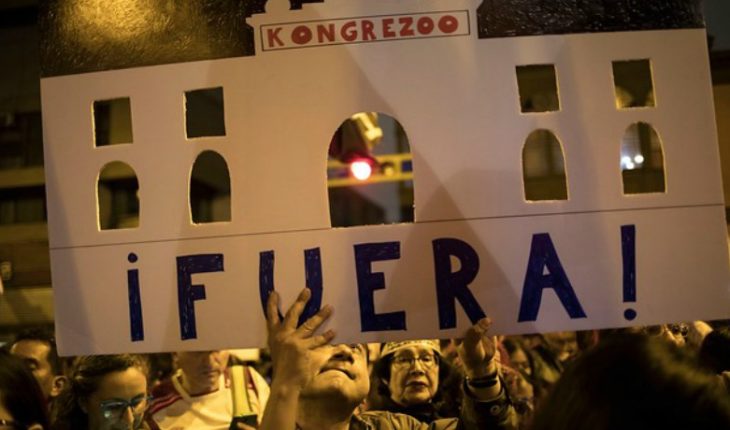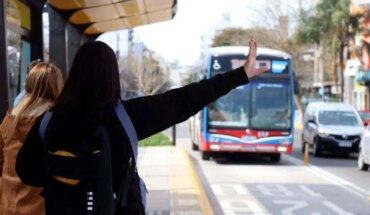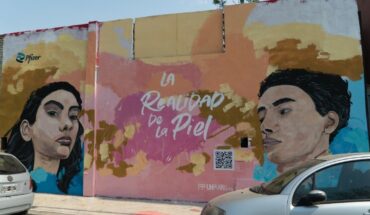Peru dawned on Tuesday in uncertainty after President Martín Vizcarra dissolved the opposition-dominated unicameral Parliament, which responded by suspending it for a year for moral incapacity and appointing Merc as president edes Aráoz, the vice president. However, the country seemed to support Vizcarra’s decision. Thousands of Peruvians spontaneously went out on the eve to the main streets of Lima and cities of the Andes and the Amazon to celebrate the “closure of the rat’s nest”, in reference to the discredited unicameral Congress, while the armed forces, the head office police and the Assembly of Regional Governments showed him their support with official announcements and visits to the presidential palace. On the contrary, Aráoz received no support from any public institution except Parliament after it was dissolved, so his decisions are worthless, César Landa, professor of Constitutional Law at the Pontifical Catholic University of Peru. Parliamentary decisions are “like the fruits of a tree that are already rotten,” he added. Vizcarra and its new prime minister, Vicente Zeballos, are expected to appoint his cabinet in the coming hours and according to Melvin Escudero, professor at the University of the Pacific business school, one of the biggest expectations is to know who will be the new Minister of Economy.Escudero told local radio RPP that although Peru has macroeconomic stability, currency depreciation could occur, but clarified that “the country’s international reserves ensure that any attack on the local currency is highly unlikely.” Peru’s powerful business guild CONFIEP, whose president is akin to the parliamentary opposition, rejected Vizcarra’s decision and accused him of having “submerged the country in serious uncertainty.” The National Society of Industries, the other business guild, invoked “the powers of the conflicting state to agree for the good of the country.” Some 300 police officers kept Parliament surrounded and police general Jorge Lam told the press that only members of the standing committee of the Congress, made up of 28 parliamentarians, were allowed to enter the legislative building, consisting of 28 mPs function of receiving the urgent decrees with which Vizcarra will legislate during this period. Vizcarra issued a supreme decree published in the official newspaper El Peruano in which he announced that legislative elections to replace the members of the dissolved Congress will be held on January 26, 2020. Those who were parliamentarians cannot apply, according to the law, and the new 130 legislators will complete their duties on 28 July 2021, when Vizcarra also handed over power to the new representative. Pedro Olaechea, president of the dissolved Congress, told Colombia’s Blu Radio on Tuesday that Vizcarra has given “a coup d’etat” and admitted that it will be a “legal, long, tedious and delicate issue” to define who is the president of Perú.La dissolution of the Peruvian Parliament no happens since 1992. That year then-President Alberto Fujimori (1990-2000) also closed it but also did the same with the Supreme Court, the Constitutional Court, arrested the President of the Legislative, took the war tanks to the streets and censured the press. He remained in power for eight more years and was re-elected twice. He left the presidency in 2000 after several corruption scandals and eventually resigned from Japan, where he had fled. Fujimori is sentenced to 25 years in prison for his responsibility for the murder of 25 Peruvians during his tenure. He is also convicted of corruption.” Peruvians won’t shed much tears,” said Steven Levitsky, a Harvard University political scientist who has studied the nation extensively, referring to the dissolved Congress. “For now, democracy is probably safe because everyone is weak,” he added. “That guarantees some pluralism, but leaves Peru vulnerable to a demagogic politician.”
translated from Spanish: Peruvians take to the streets to support Martín Vizcarra after disbanding parliament
October 1, 2019 |





